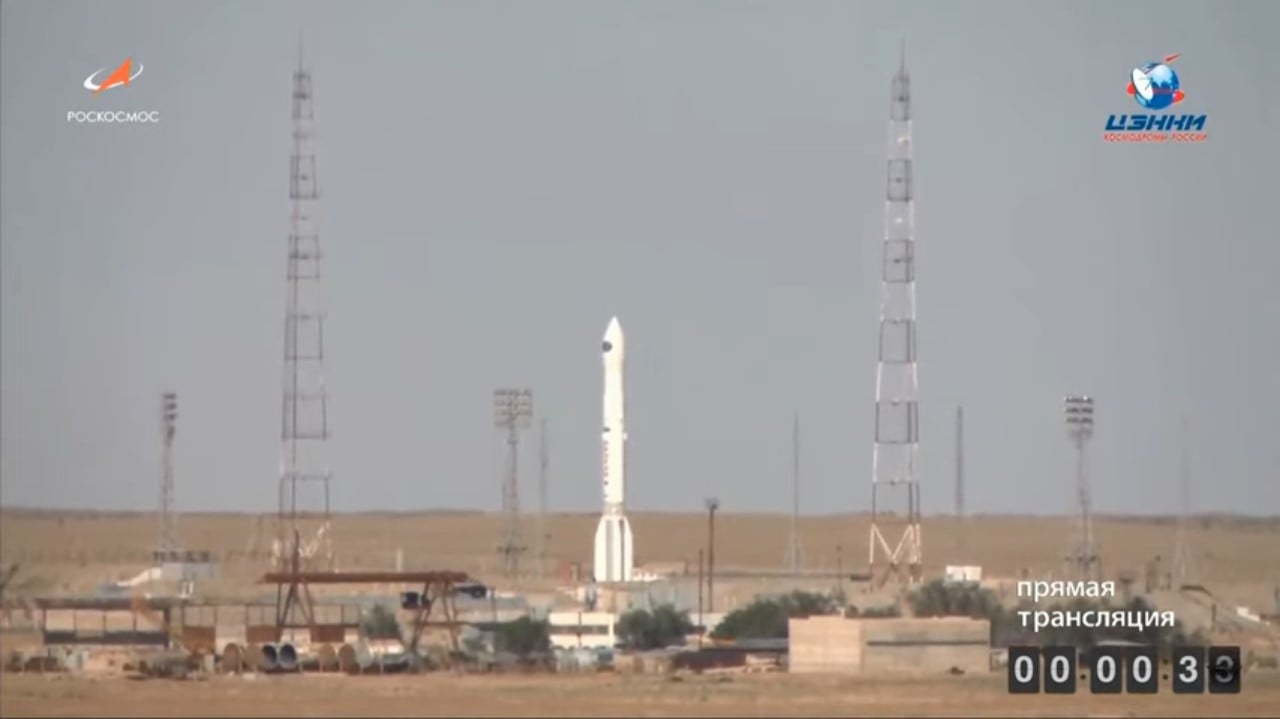Russia is back in the space race after successfully launching a new space telescope to map the cosmos. Russia’s new telescope took decades to develop, and it marks an important milestone in the country’s space program. Scientists believe this telescope can be used to map the entire known universe in such detail that has never been done before, according to the Associated Press.
Russia’s Spektr-RG telescope was made in collaboration with Germany, and it was successfully placed into orbit after being launched as a payload of a Russian proton-M rocket. According to the AP, the telescope was launched after many delays from the Baikonur Cosmodrome in Kazakhstan on Saturday evening.
Russia’s new telescope is headed to the L2 Lagrange point where it will start its official mission. Scientists expect it to arrive in about three months. As the AP explains, Lagrange points are special locations within the solar system where objects can stay in a particular position relative to the movements of the sun and the planet and orbit them without interruptions. The L2 location where the new telescope is planned to be is located about a million miles from Earth and is a popular “parking place” for observatories because it offers a clear view of deep space. The telescope will map the cosmos and make a clear catalog of deep space using X-ray surveys.
This map “will be essential to solve the core questions of modern cosmology,” the Russian space agency Roscosmos said in a press release. “How do dark energy and dark matter affect formation of the large-scale structure of the Universe? What is [the] cosmological evolution of supermassive black holes?”
The space agency also wrote that Russia’s new telescope took decades to develop and is designed to discover images of roughly “100,000 massive clusters of galaxies” and millions of supermassive black holes. The space agency believes many of the surveyed black holes will be new discoveries. The mission is expected to run for about four years.
“We’re aiming to detect about 100,000 clusters, and in fact above a certain mass limit we expect to detect all the clusters in the Universe,” Kirpal Nandra from the Max Planck Institute for Extraterrestrial Physics in Germany told BBC News.
If Russia’s new telescope reaches the L2 point and begins its mission to map the cosmos, it will be the first Russian spacecraft to go beyond Earth’s orbit since the Soviet Union collapsed in 1991, according to the AP. The success of this mission will be a huge milestone in the return of the Russian space exploration program.





